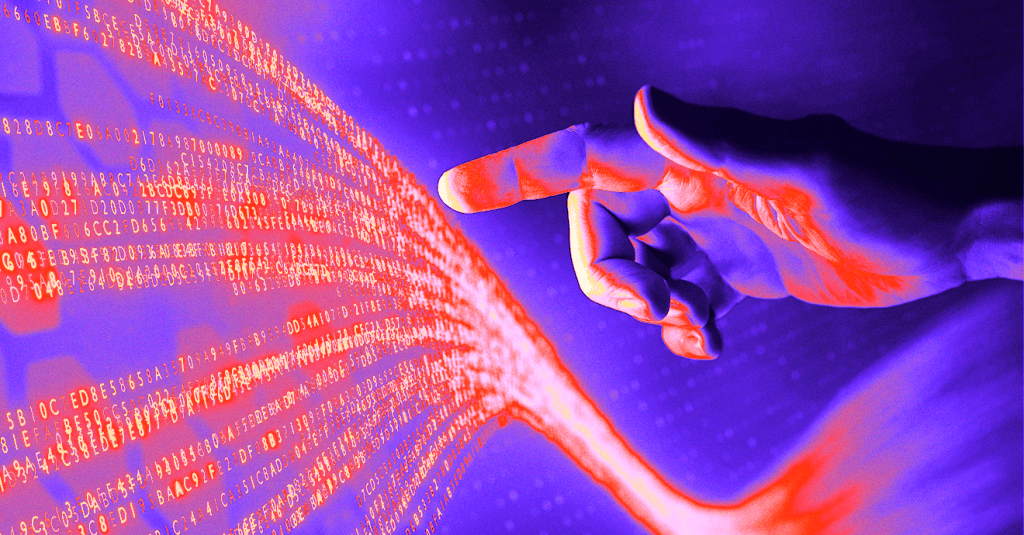
Magazine Luiza’s virtual influencer, Lu, ordered a burger from Burger King. In a cross-marketing initiative between the two brands, the virtual character was chosen to publicize the promotion of two Whoppers for BRL 25 and demonstrate the retailer’s concern with the use of natural ingredients. But what drove the activation was much more than that: the ad was the retailer’s persona’s dip into the world of artificial intelligence.
The character appeared optimally, so to speak. It had advanced graphic details made with technologies used in video games like Fortnite and Fallout, in addition to AI resources that gave the character the ability to analyze contexts and generate body and facial movements that are closer to human and in real time. In other words, that Lu with the PlayStation 2 avatar face is already a thing of the past.
These changes do not just have an aesthetic objective. According to a statement from the brand, the idea is for the digital influencer to gain momentum to appear longer and faster in TV ads, live product activations and even in interactions with the public, such as speaking engagements, for example. The new Lu has a clear objective: to generate more business impact and increase the brand’s presence. Magazine Luiza even created an artificial intelligence division, focused solely on thinking about the use of this tool at different parts of the company, from data analysis to creative.
According to a study by the Influencer Marketing Hub platform, in 2023, more than 60% of brands in its database used AI at some point in their marketing department, whether in analytics or in the creation of communications activations. Most of the brands in the study that admitted not using AI said they did not know how to, which makes artificial intelligence an even more essential tool for those who want to develop their communications in today’s environment.
Coca-Cola is an excellent example of how artificial intelligence has been used in its recent campaigns. The beverage giant developed the Create Real Magic platform, which allowed artists and consumers to design their own campaign art, using an image database with thousands of historic Coca-Cola images. This not only personalizes how a person interacts with the brand, but also helps Coca-Cola create a library of user-generated images that the brand can use in future campaigns.
https://www.youtube.com/watch?v=FPGDMj1QUBE
UnderArmour gave us another example of how AI has been used creatively in marketing activations: in the United States, the brand made FitTech technologies available in its stores, a tool that, using AI, scans the consumer’s foot and performs a series of personalized indications of the brand’s models, based on size, foot shape and angulation. Additionally, the company hired actor Ashley Walters, from the Netflix series Top Boy, to reenact its iconic “Protect This House” campaign, which celebrated its 20th anniversary last year. In “The Ultimate Team Talk” ad, Walters reads a script that was generated using ChatGPT.
https://www.youtube.com/watch?v=Vez0yBztLeg
After running a campaign in which consumers were asked to design a Heinz ketchup package, the Kraft brand decided to go further and documented the process of thousands of people using tools like ChatGPT to create a Heinz package. In addition to a fun campaign that demonstrates lightness on the part of the brand when thinking about how to insert itself into the world of AI, Heinz was left with a series of different designs of its brand and packaging to use in future actions.
https://www.youtube.com/watch?v=LFmpVy6eGXs
It’s clear that the use of AI as a creative and planning tool is a reality that must take other forms from this point onwards: it is possible that a new wave of digital influencers and increasingly customized interaction activities will be a next step in brand communications. The plasticity of artificial intelligence and the universes of language and aesthetics that this tool can create will surely raise the level of talkability of brands to another level.